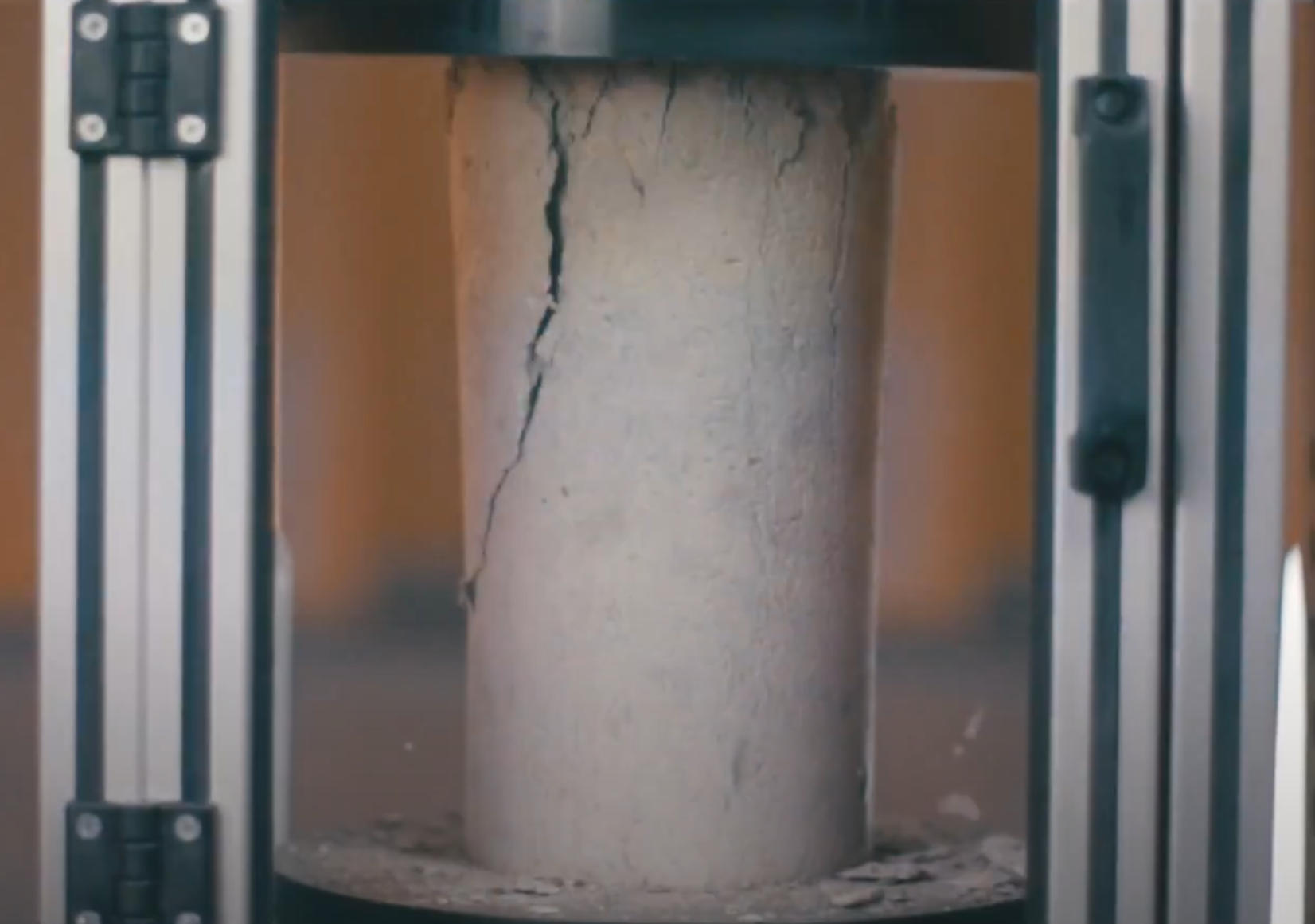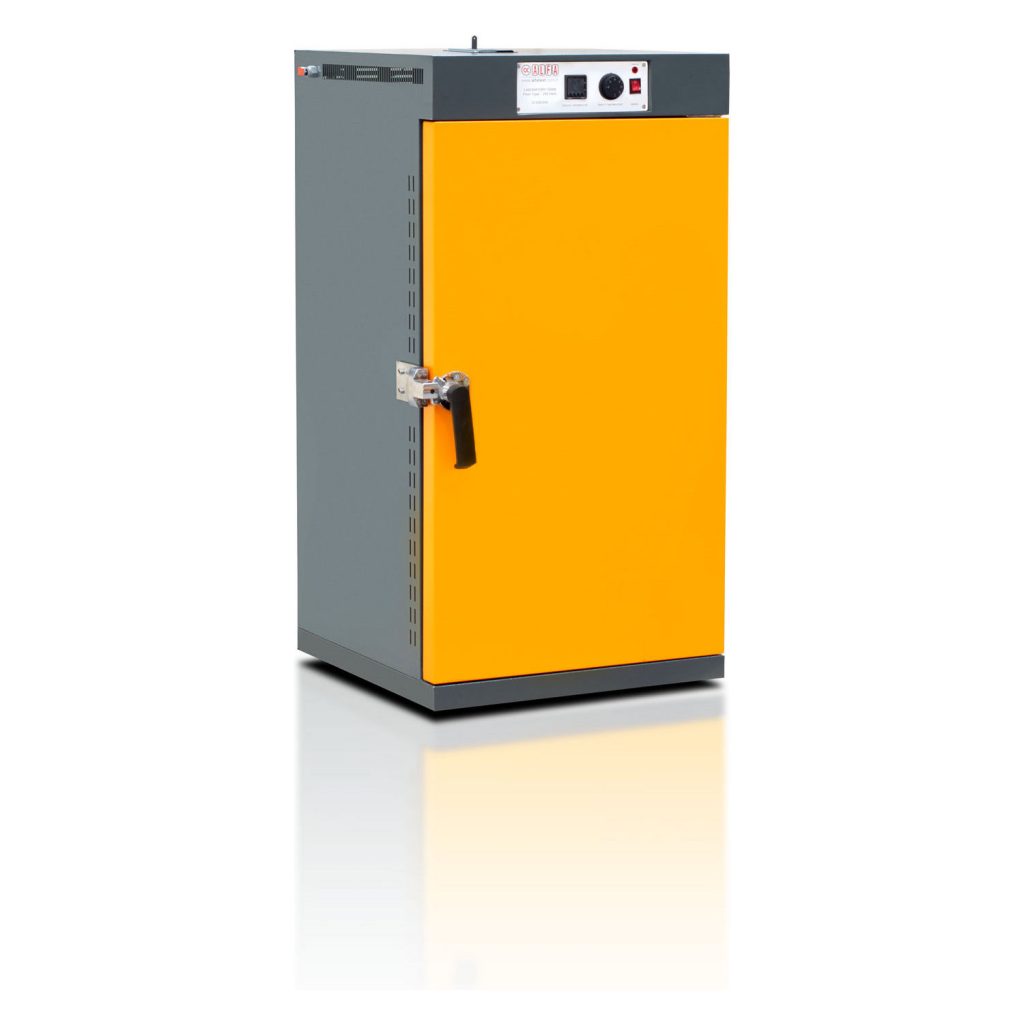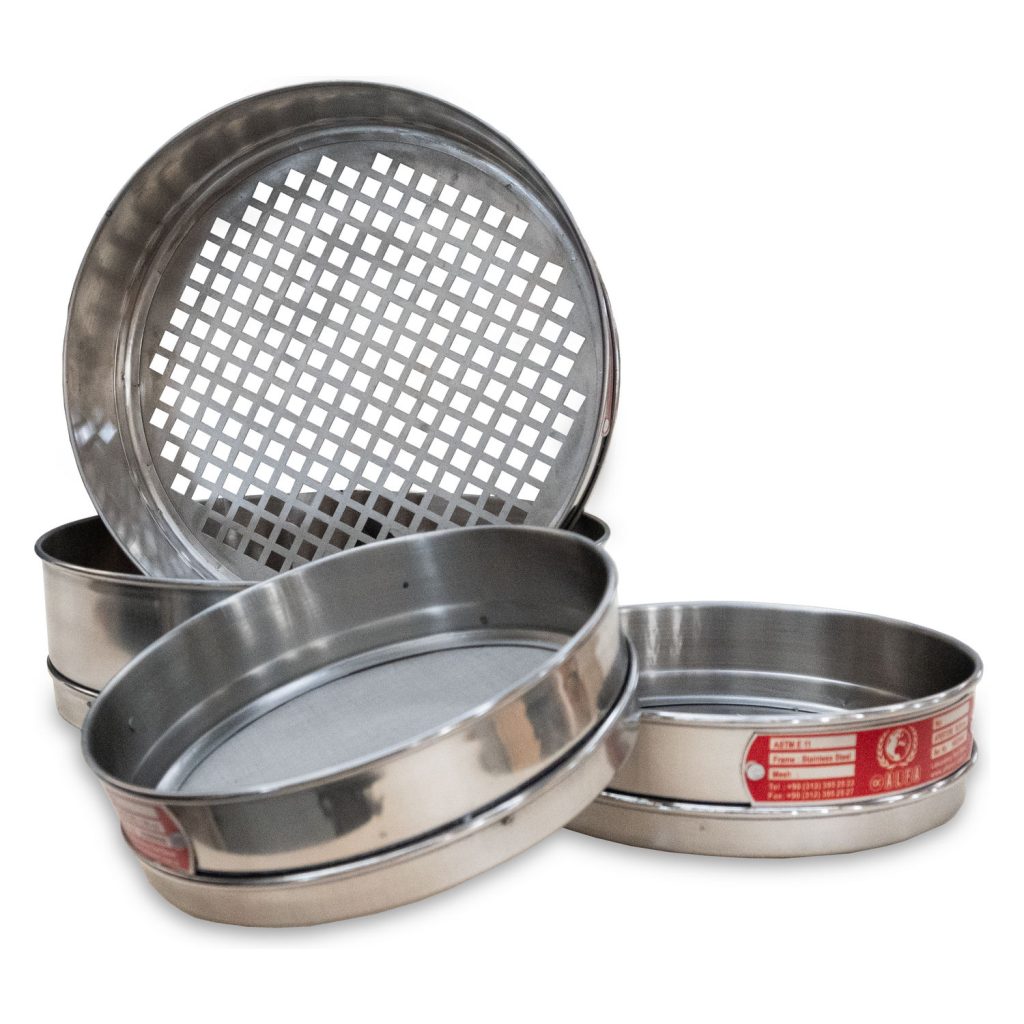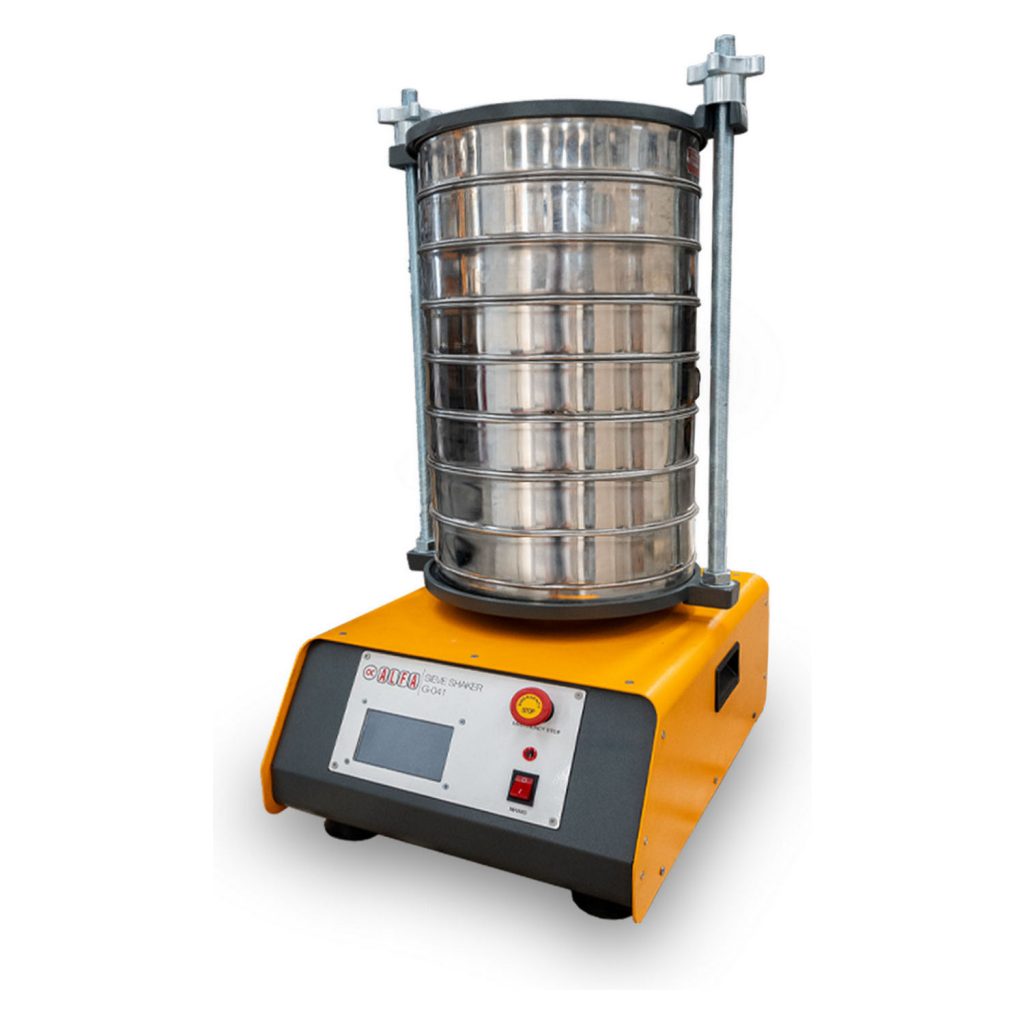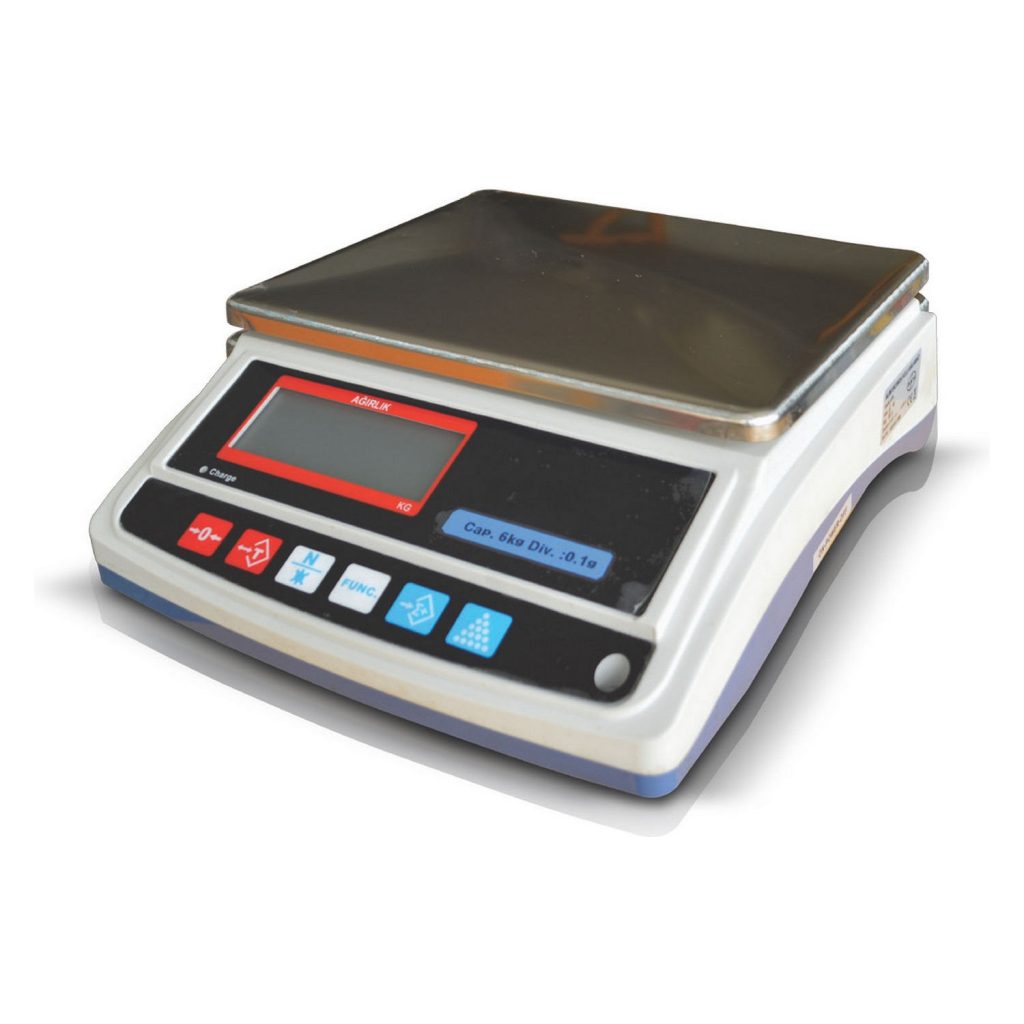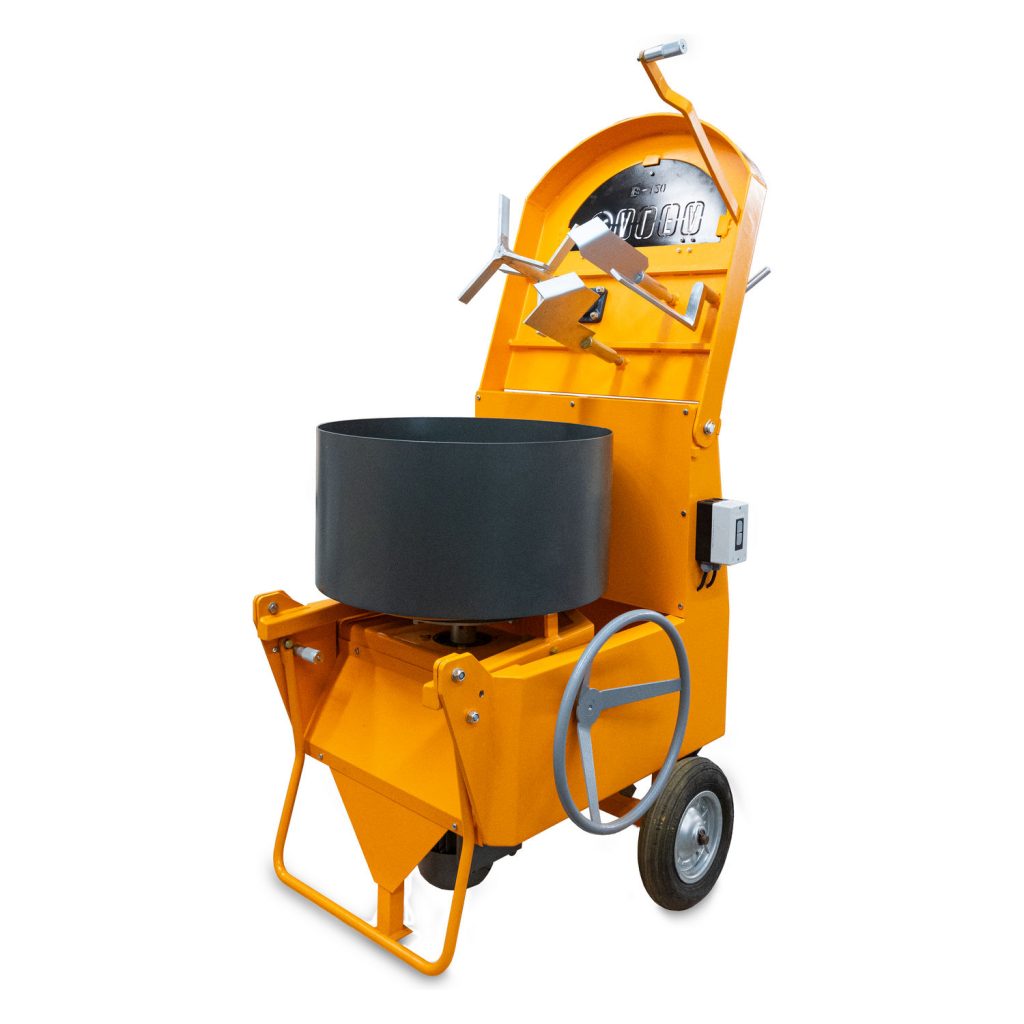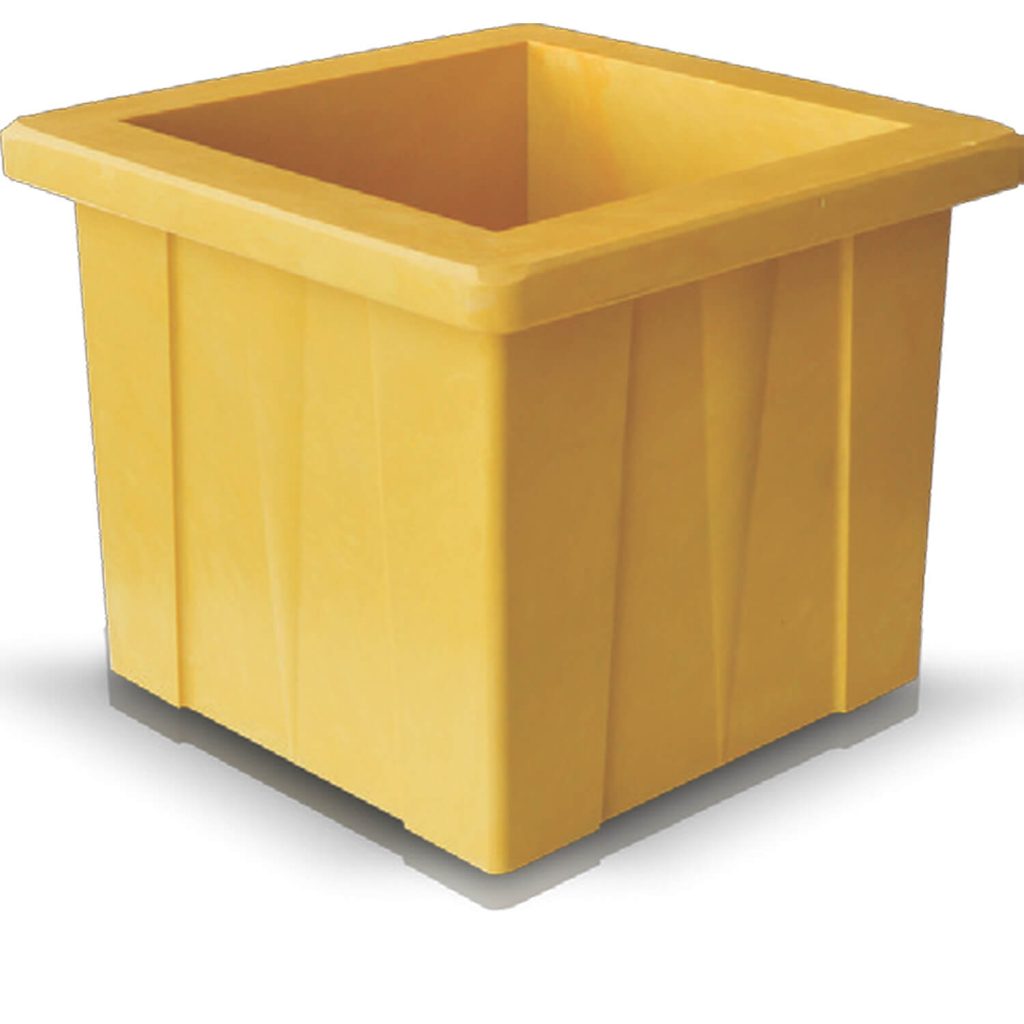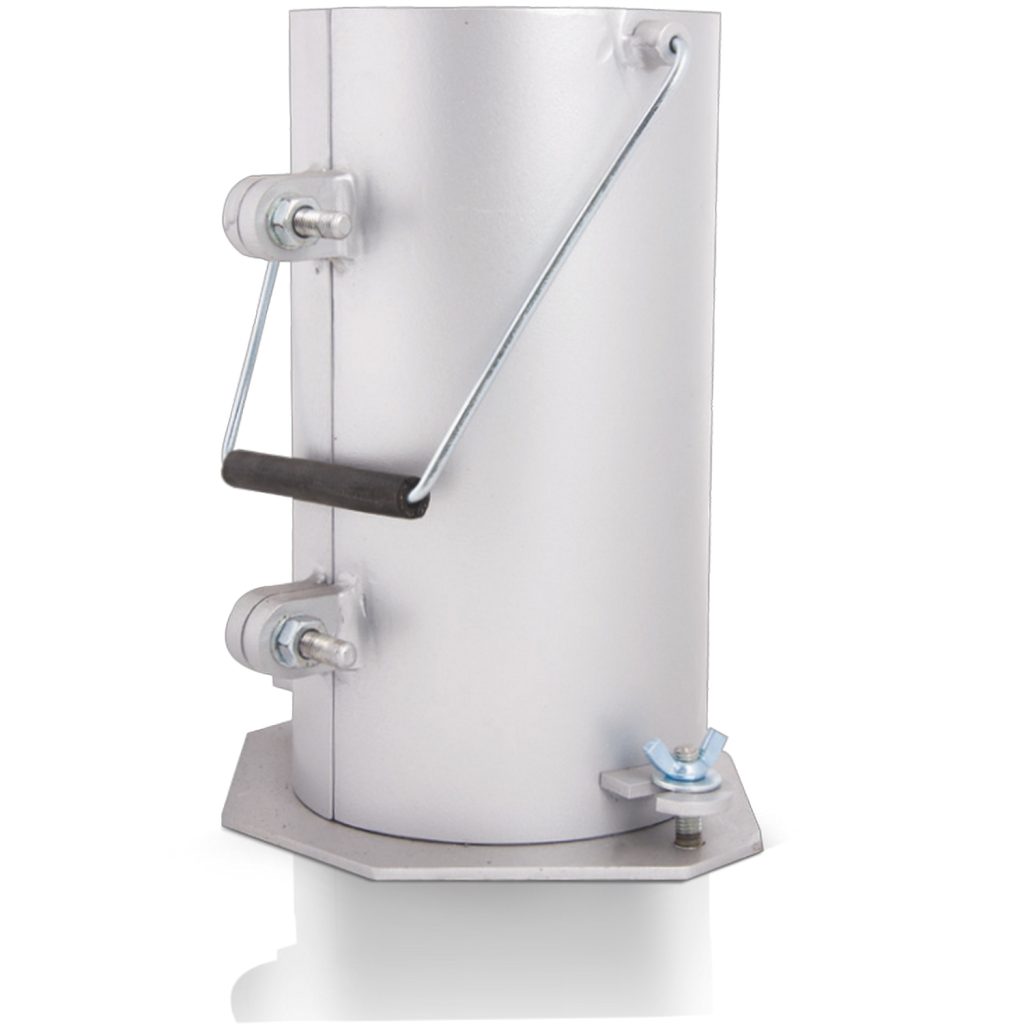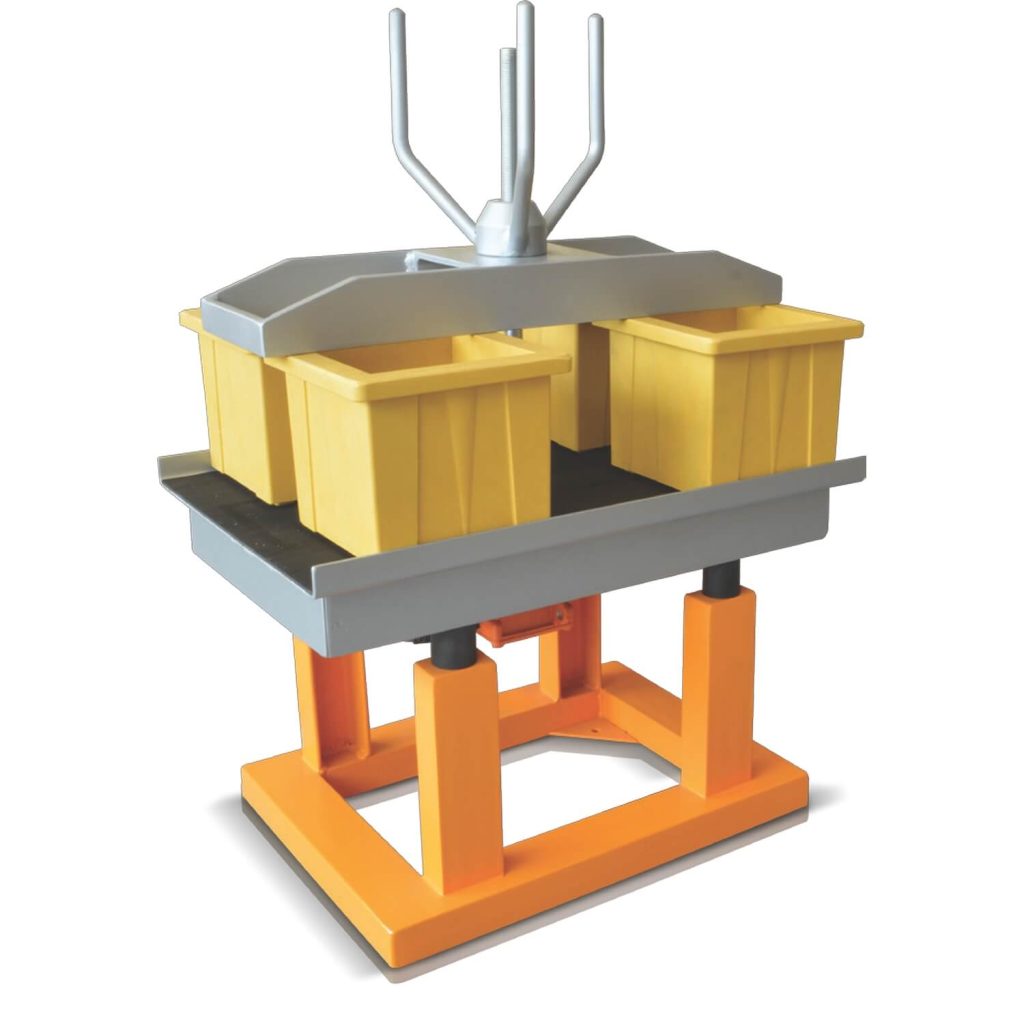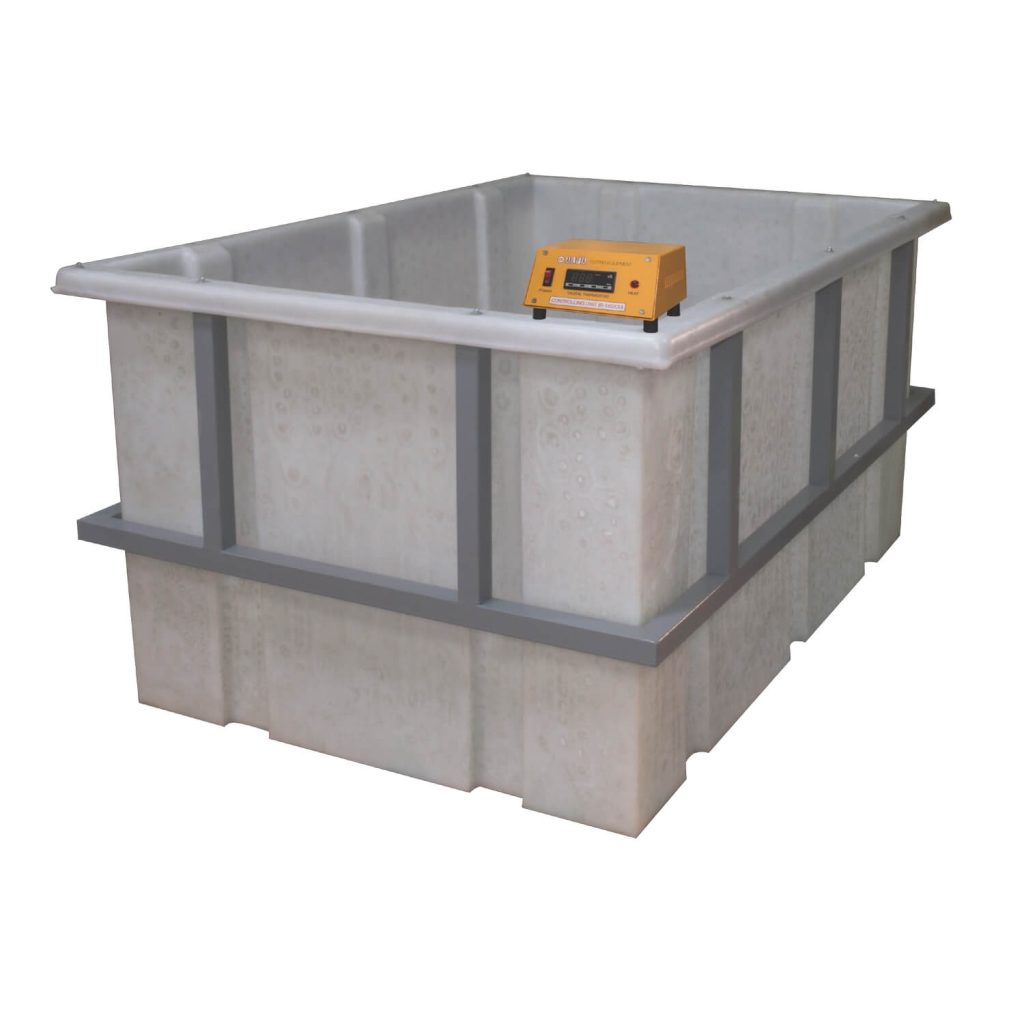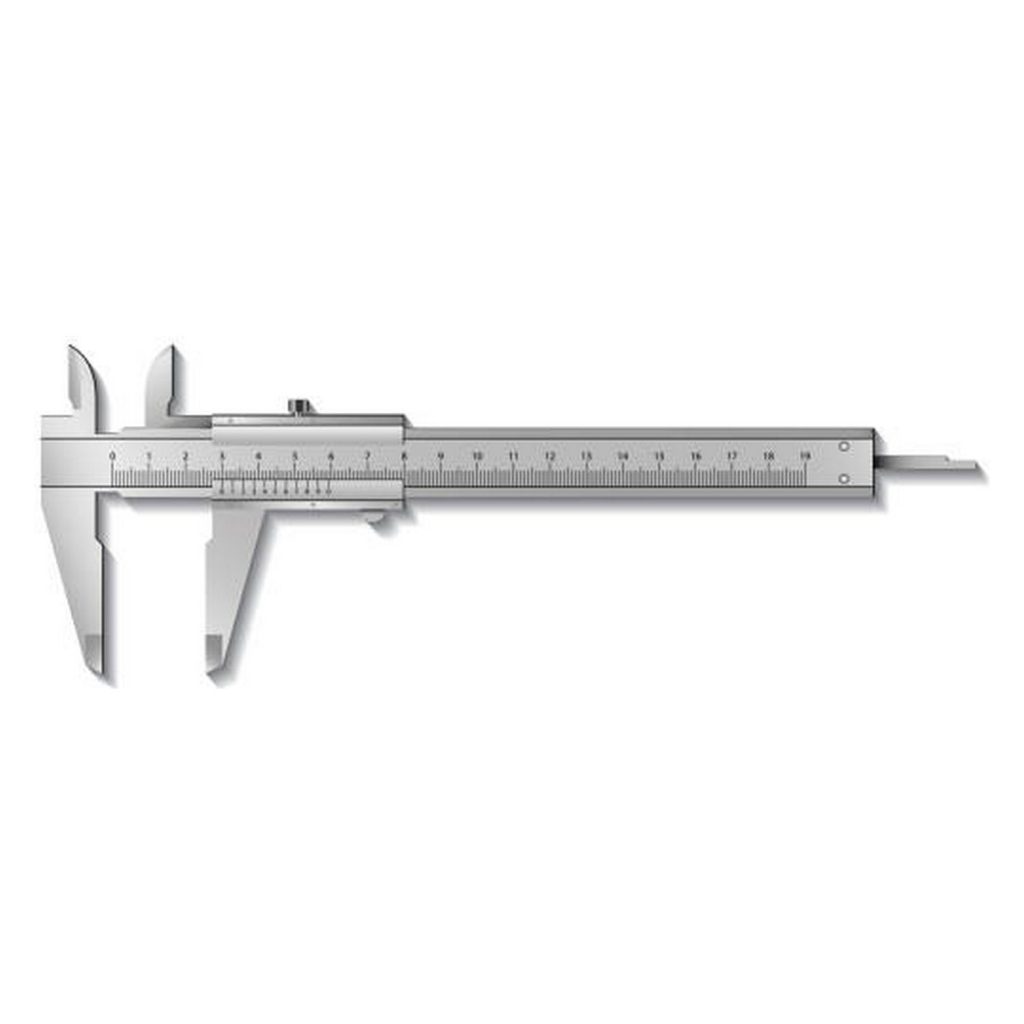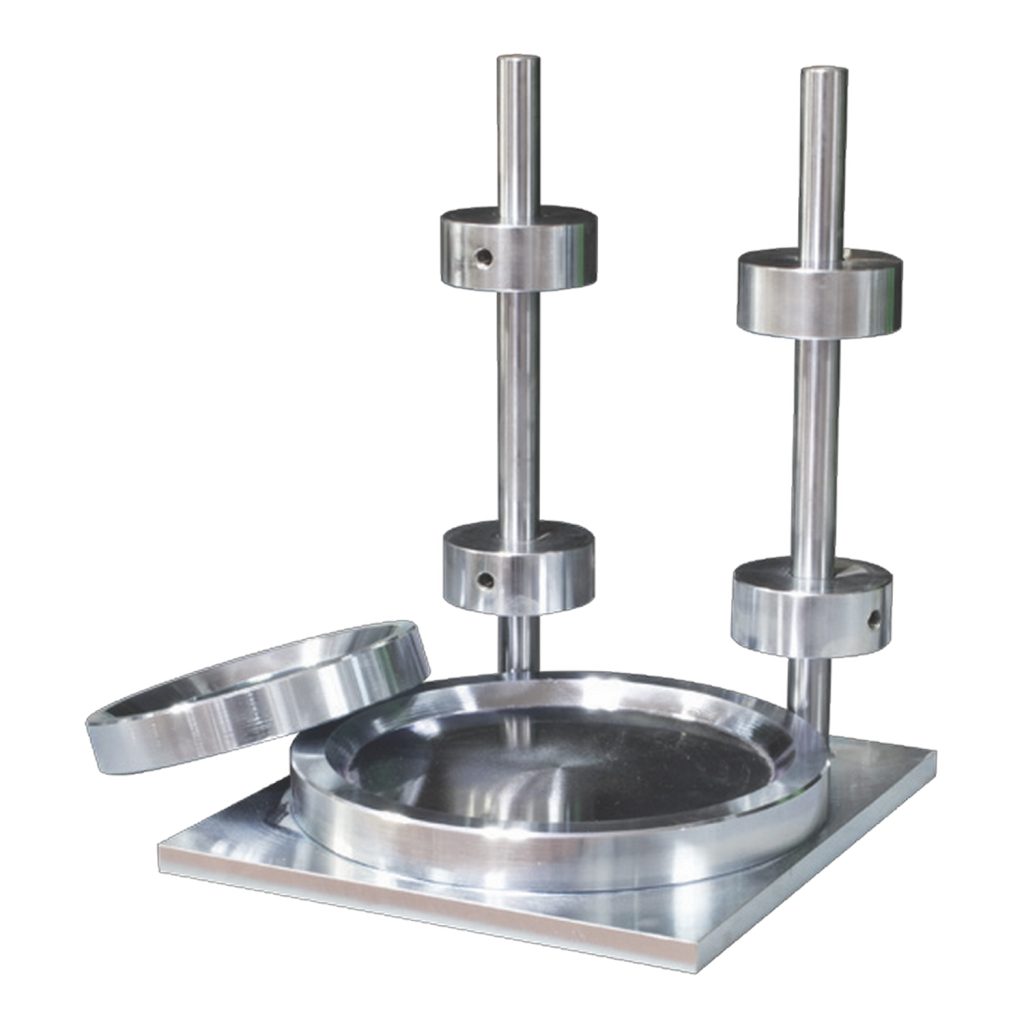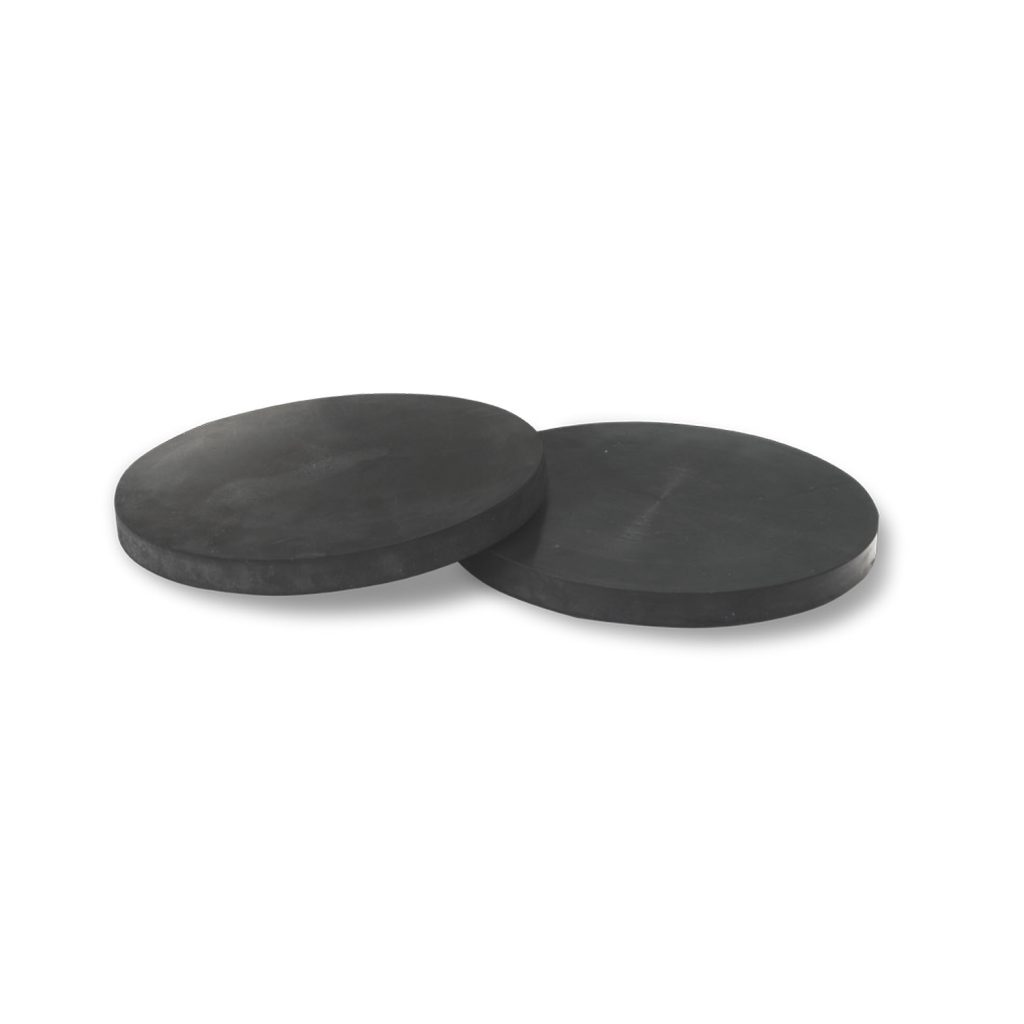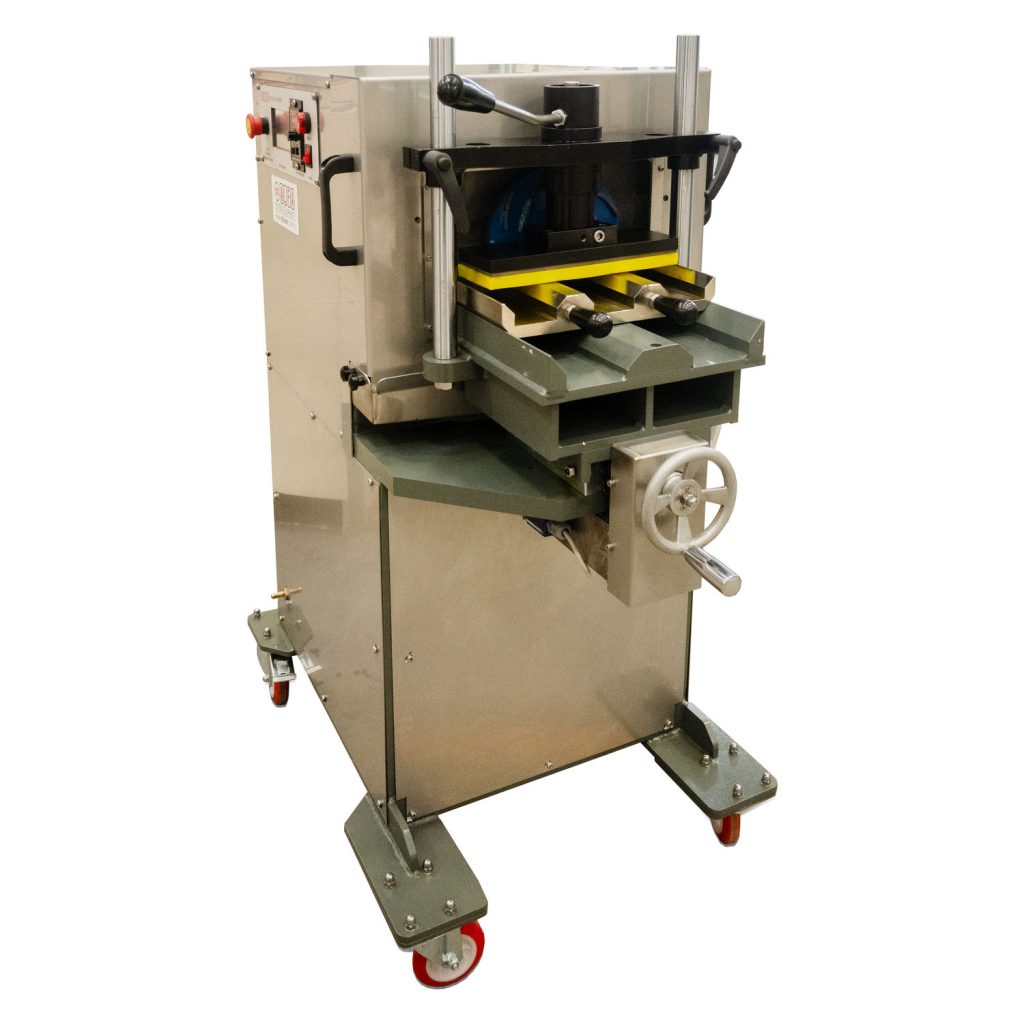The strength of concrete develops over time as a result of the hydration process—a chemical reaction between cement and water. This development is influenced by the mix design, curing conditions, and the type of cement used. Here’s an overview:
Example of C40 Strength Development
- Early Strength (1–7 days):
- At 3 days, C40 concrete might achieve around 20–25 MPa, which is 50–60% of its 28-day strength.
- At 7 days, it could reach 30–35 MPa, which is about 75–85% of its design strength.
- Standard Strength (28 days):
- At 28 days, C40 concrete typically reaches its characteristic strength of 40 MPa if properly mixed and cured.
- Long-Term Strength (Beyond 28 days):
- At 90 days, C40 concrete might achieve 45–50 MPa under ideal curing conditions.
Stages of Strength Development
- Initial Set (0–24 hours):
- Hydration begins rapidly after mixing.
- Minimal strength gain; primarily setting of the mix.
- Early Strength (1–7 days):
- Strength increases significantly in this period.
- Typically, about 50–70% of the 28-day strength is achieved within the first week under ideal curing.
- Standard Strength (28 days):
- The concrete achieves its “characteristic strength” at this age, as per design specifications.
- Long-Term Strength (Beyond 28 days):
- Strength gain slows but continues for months or years, especially in environments with sustained moisture.
- Concretes with supplementary materials like fly ash or slag show significant strength growth beyond 28 days.
Factors Influencing Strength Development
- Water-Cement Ratio:
- Lower ratios lead to higher strength but may reduce workability.
- Type of Cement:
- Rapid-hardening cements gain strength faster.
- Pozzolanic materials (e.g., fly ash, slag) contribute to long-term strength.
- Aggregate Quality:
- Strong, well-graded aggregates improve the strength.
- Admixtures:
- Superplasticizers, retarders, or accelerators influence the hydration rate and final strength.
Ideal Curing for Strength Development
Curing is crucial to ensuring proper hydration, minimizing cracks, and achieving designed strength. The goal of curing is to maintain adequate moisture, temperature, and time for optimal hydration.
Ideal Curing Conditions
- Temperature:
- Maintain a temperature between 10°C to 30°C (50°F to 85°F).
- High temperatures accelerate strength gain but may cause early-age cracking.
- Low temperatures slow hydration and can delay strength development.
- Moisture:
- Concrete must remain moist during curing to prevent evaporation of water.
- Moisture loss can lead to incomplete hydration and reduced strength.
- Duration:
- At least 7 days for ordinary Portland cement (OPC).
- 14 days or more for mixes with pozzolanic or supplementary materials.
Common Curing Methods
- Water Curing:
- Immersion or frequent sprinkling to keep the surface wet.
- Used for smaller specimens like cubes or cylinders.
- Covering:
- Use of wet hessian cloth, plastic sheets, or curing membranes to retain moisture.
- Steam Curing:
- Accelerates strength development through elevated temperatures and humidity.
- Common in precast concrete production.
- Curing Compounds:
- Sprayed-on membranes reduce evaporation.
Importance of Curing
- Prevents drying shrinkage and cracking.
- Enhances durability and surface wear resistance.
- Ensures the concrete meets its design strength.
By following ideal curing practices, concrete can develop to its full potential, achieving its designed strength while also improving long-term performance. For laboratory testing, curing in water at 23°C ± 2°C is a standard method to replicate optimal conditions.
Required Equipment to Perform the Test
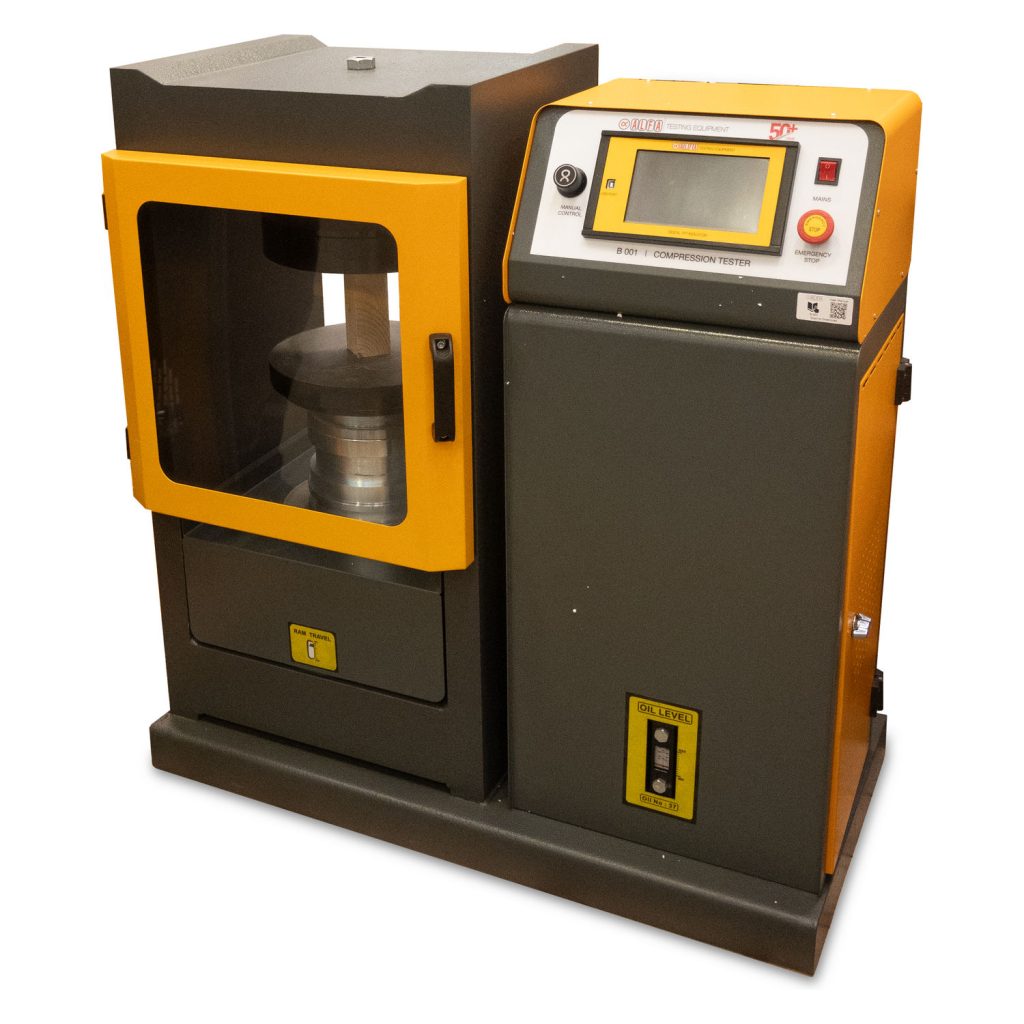
CONCRETE COMPRESSION TESTER of sufficient capacity and configuration.

